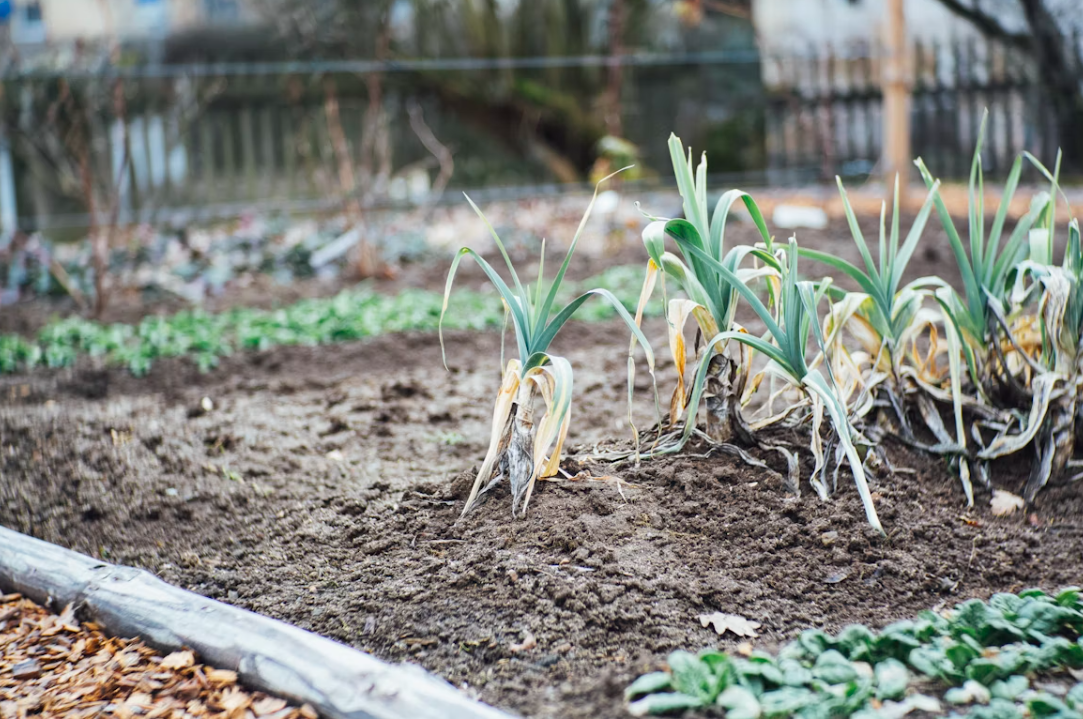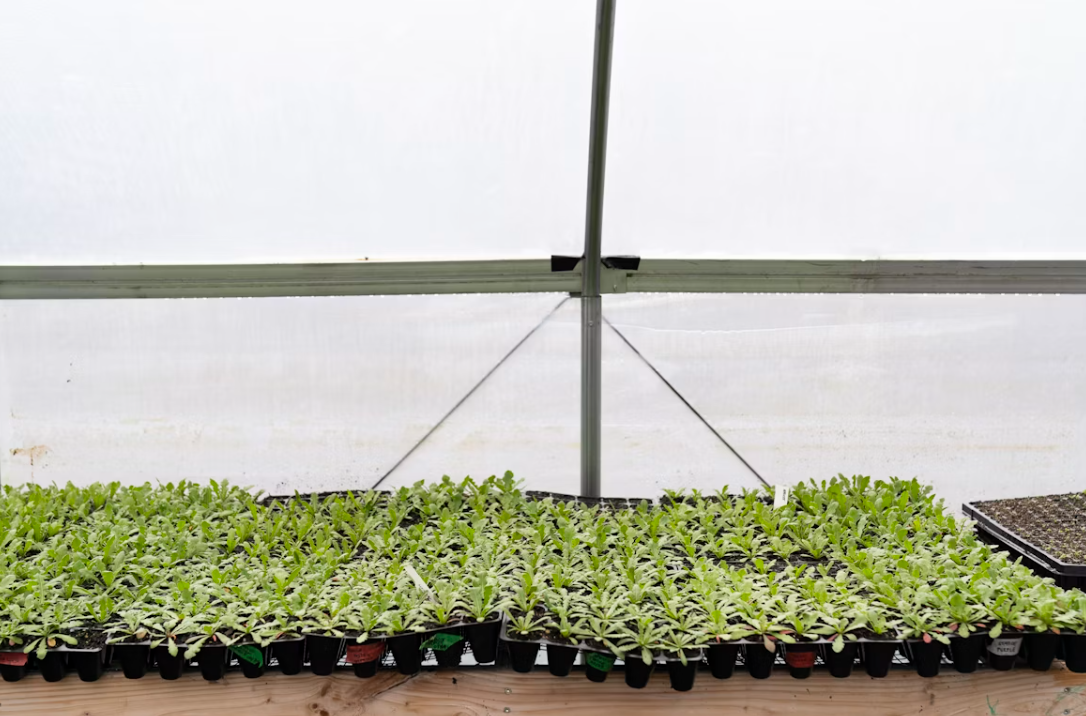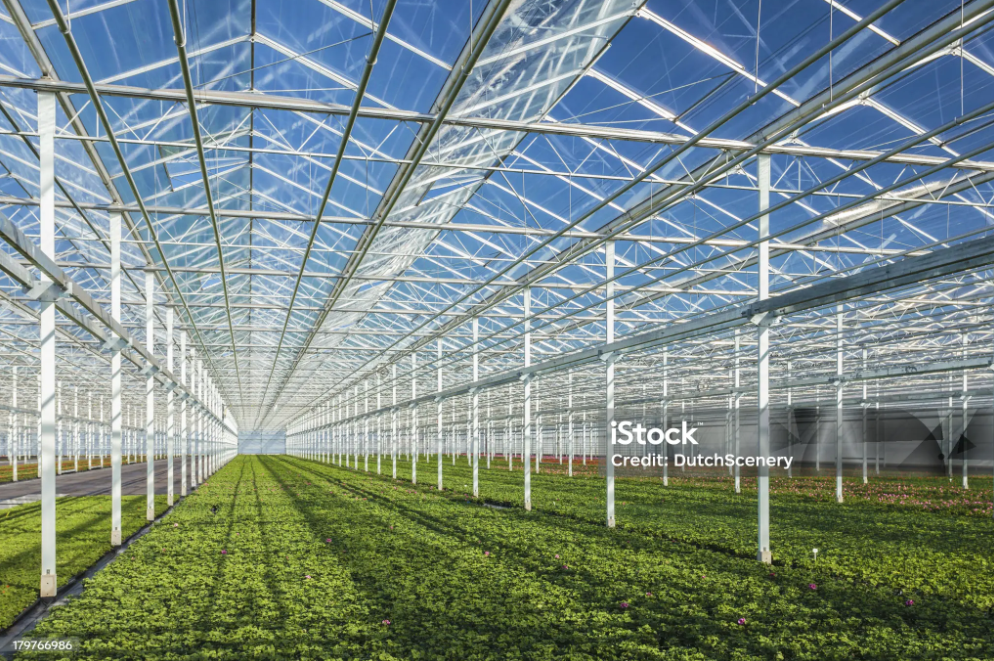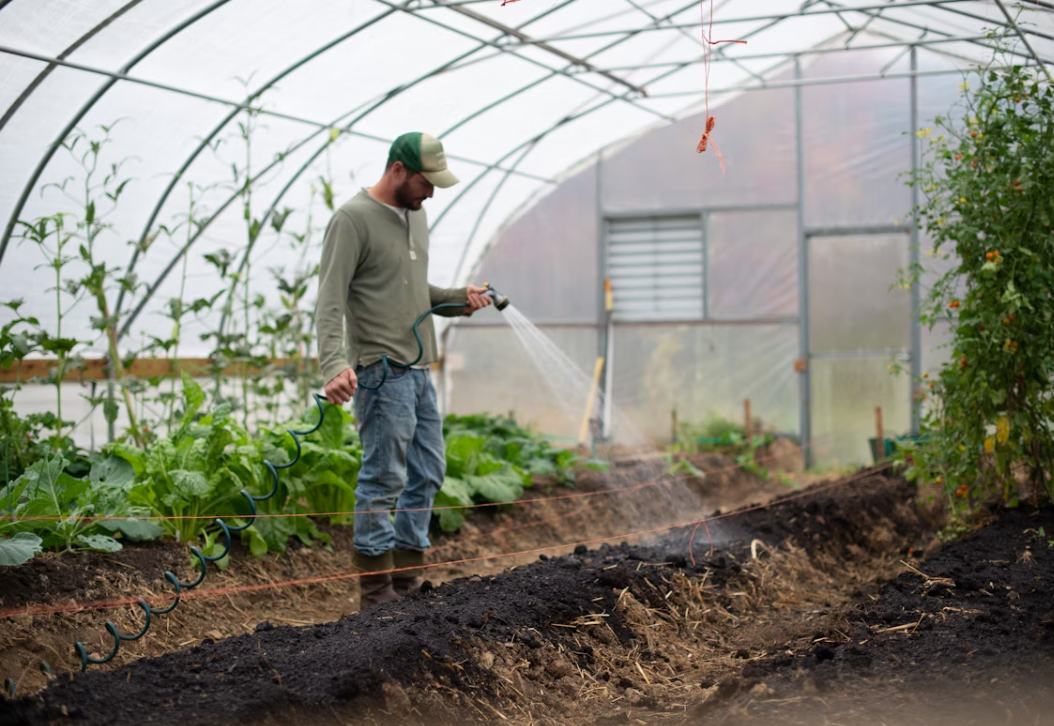Seedbeds—also called nursery benches or seedling tables—are a foundational component of modern greenhouses. Whether you're growing vegetables, flowers, or specialty crops, the material you choose for your seedbeds directly affects durability, drainage, hygiene, and ultimately the health of your seedlings.
But with multiple material options available, which one is best for your needs? In this guide, we’ll explore the most popular materials used for greenhouse seedbeds and help you choose the right one based on climate, crop type, and operational scale.

Before choosing a material, it’s important to understand what greenhouse growers prioritize:
Durability: Can it withstand constant moisture and temperature changes?
Drainage & Airflow: Does it promote healthy root development?
Ease of Cleaning: Is it hygienic and easy to disinfect?
Lightweight but Sturdy: Can it hold soil trays without sagging?
Cost-effective: Is it affordable for both small and large installations?
With these criteria in mind, let’s look at the most common materials.
Why choose galvanized steel seedbeds?
✅ High durability: Resistant to rust and corrosion, especially when hot-dip galvanized.
✅ Supports heavy loads: Ideal for commercial growers using large seedling trays or hydroponic systems.
✅ Customizable design: Can be fabricated into multi-tier benches, mobile carts, or fixed frames.
Considerations:
Higher upfront cost compared to wood or plastic.
Requires professional installation for stability.
Best for: Commercial greenhouses, humid environments, heavy-duty use.
Aluminum is another metal often used in greenhouse structures.
Pros:
Lightweight yet strong.
Naturally rust-resistant (no need for galvanizing).
Sleek, modern appearance.
Cons:
More expensive than galvanized steel.
Slightly less load-bearing capacity.
Best for: Smaller-scale growers who want durability with less weight.

Types used: Polypropylene, PVC, or ABS plastic.
Advantages:
Cost-effective for small greenhouses or home growers.
Easy to move and assemble.
Available in pre-made mesh tray designs.
Drawbacks:
Less durable under UV exposure or heavy loads.
May warp or break over time.
Best for: Entry-level growers, educational greenhouses, or small-scale operations.
Wood is a traditional material for seedbeds, especially in low-tech or DIY greenhouses.
Benefits:
Readily available and easy to work with.
Can be locally sourced for low cost.
Risks:
Susceptible to rot unless treated.
Can harbor pests and pathogens.
Requires ongoing maintenance.
Best for: Temporary setups or where budget is very limited.
Often used as a top layer over steel frames.
Key Features:
Excellent drainage and airflow.
Reduces mold and root diseases.
Compatible with most frame materials.
Best for: Seedbeds where air-pruning or hydroponic trays are used.

No matter the material, ease of cleaning is essential. Galvanized steel and aluminum are ideal for environments that require regular washing and sterilization.
Avoid porous materials like untreated wood or low-grade plastic in high-humidity environments where diseases may spread.
| Material | Durability | Drainage | Hygiene | Cost | Best Use Case |
|---|---|---|---|---|---|
| Galvanized Steel | ★★★★★ | ★★★★☆ | ★★★★★ | $$$ | Commercial greenhouses |
| Aluminum | ★★★★☆ | ★★★★☆ | ★★★★★ | $$$$ | Lightweight structures |
| Plastic | ★★★☆☆ | ★★★☆☆ | ★★★☆☆ | $$ | Small or temporary setups |
| Wood | ★★☆☆☆ | ★★★☆☆ | ★★☆☆☆ | $ | DIY or short-term applications |
| Wire Mesh (top layer) | ★★★★☆ | ★★★★★ | ★★★★★ | $$ | Hydroponics, air-pruning setups |
Many professional greenhouse suppliers (like us) offer custom-built seedbeds with:
Adjustable height
Multi-layer trays
Rolling wheels for easy mobility
Irrigation or misting system integration
If you're running a commercial operation, it’s often better to invest in engineered solutions tailored to your greenhouse layout.
There’s no one-size-fits-all answer. The best material for your greenhouse seedbed depends on:
Climate: High humidity areas need rust-proof, easy-to-clean surfaces.
Budget: Plastic or wood may be fine for hobbyists; steel or aluminum for professionals.
Crop Type: Delicate seedlings or hydroponics may need special support or airflow.
Pro Tip: Galvanized steel with a wire mesh top offers the best mix of durability, hygiene, and drainage for most commercial growers.

We’re a professional manufacturer of greenhouse systems and accessories—including seedbed benches, irrigation systems, and climate control solutions. Contact us for a free consultation or quote tailored to your crop and location.

Copyright ©Kunyu Greenhouse Co., Ltd. All Rights Reserved | Sitemap